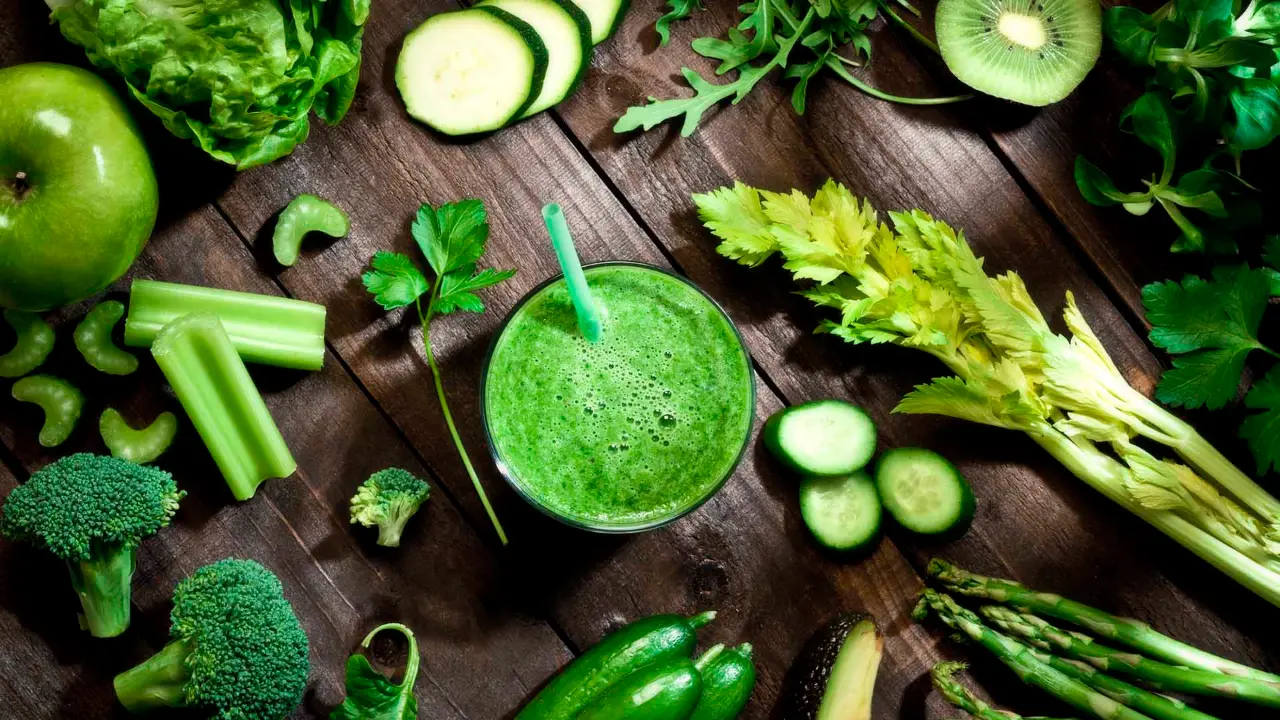
You hear promises. Cleanse your body. Flush out toxins. Start fresh. These words appeal instantly. They suggest control. But the process behind them rarely gets explained. What exactly is being flushed? And how?
Detox diets sell the idea of internal reset. But most skip the biology. They ignore the complexity of metabolism, digestion, and organ systems. The body doesn’t work like a clogged pipe.
Simplicity sells—but it rarely explains.
Your liver and kidneys already handle most of what detox diets claim to do
You eat. Your body filters. Your liver processes compounds. Your kidneys expel waste. This happens constantly. Not just during a cleanse.
Most detox diets assume the body needs help. But healthy organs already perform this job. There’s no sudden buildup requiring a lemon-juice flush. If toxins were trapped, you’d need medical treatment—not celery.
Functioning organs detox every day, silently.
Feeling lighter during a detox doesn’t mean toxins left your system
People often report feeling better on a cleanse. Lighter. Clear-headed. Less bloated. But these effects usually come from reduced intake—less processed food, caffeine, or alcohol.
The shift isn’t about toxins leaving. It’s about routine changing. Less salt reduces water retention. Fewer calories reduce fullness. More fiber changes digestion.
Relief comes from subtraction, not detoxification.
Restrictive detox plans can quietly stress your metabolism
Juice fasts. Raw food only. No carbs. These plans seem harmless short term. But the body notices. Metabolism slows in response to sudden restriction. You feel colder, hungrier, and more fatigued.
Without protein or fat, hormone production weakens. Blood sugar fluctuates. Muscles break down for energy. These reactions aren’t cleansing—they’re stress responses.
Restriction sends the wrong signal to a system that needs nourishment to function.
Weight loss during detox is mostly water, not fat
You drop weight in the first days. The scale moves quickly. But it’s not fat. It’s water. Glycogen, your energy reserve, stores water. When you stop eating carbs, glycogen drops—and so does water.
The illusion of fat loss encourages people to repeat detoxes. But the weight returns once normal eating resumes.
The body didn’t lose fat. It lost volume.
Most toxins targeted by detox diets are never actually identified
What are the toxins? This question rarely gets answered. Marketers use the word without specifics. No ingredients. No mechanisms. Just the vague concept of “toxic load.”
Yet, real toxins—like heavy metals or pesticides—require medical protocols. They don’t respond to smoothies. Detox diets rarely clarify what they’re removing, because the idea matters more than the detail.
Unnamed threats feel scarier. And easier to sell against.
Detox symptoms often mimic calorie deprivation, not toxin release
Headaches. Fatigue. Irritability. These are framed as “detox symptoms.” But they mirror what happens during fasting or low-calorie intake. The brain craves glucose. Hormones shift. Blood sugar dips.
Your body isn’t purging poison. It’s adjusting to restriction. Mistaking this stress for cleansing keeps people in discomfort they think is progress.
Not all discomfort means healing.
The gut microbiome can suffer when detoxes exclude fiber or variety
Some detoxes eliminate entire food groups. No grains. No legumes. No fermented foods. But your gut bacteria rely on variety. They need fibers, resistant starches, and plant compounds to thrive.
When the microbiome weakens, digestion worsens. Immunity dips. Mood may shift. Cleansing your diet shouldn’t mean starving your microbes.
Gut health declines silently before symptoms appear.
Herbal detox supplements can interact with medications or stress the liver
Detox teas and pills often include herbs marketed as natural cleansers. Dandelion. Senna. Milk thistle. These compounds may have effects—but they’re not neutral.
Some increase bowel movements artificially. Others affect enzymes that process medications. The liver, already tasked with processing food and drugs, gets more to handle.
Natural doesn’t mean safe when it alters metabolism without guidance.
Long-term results come more from consistency than short-term restriction
Most detox diets last a few days. Then the pattern resets. But real physiological change takes time. Blood sugar, insulin response, lipid levels—these shift over months.
Short bursts of clean eating don’t undo long-term habits. What improves health most is consistency. Regular sleep. Balanced meals. Movement. Hydration. None of these require a cleanse.
Steady habits build what dramatic resets only promise.
